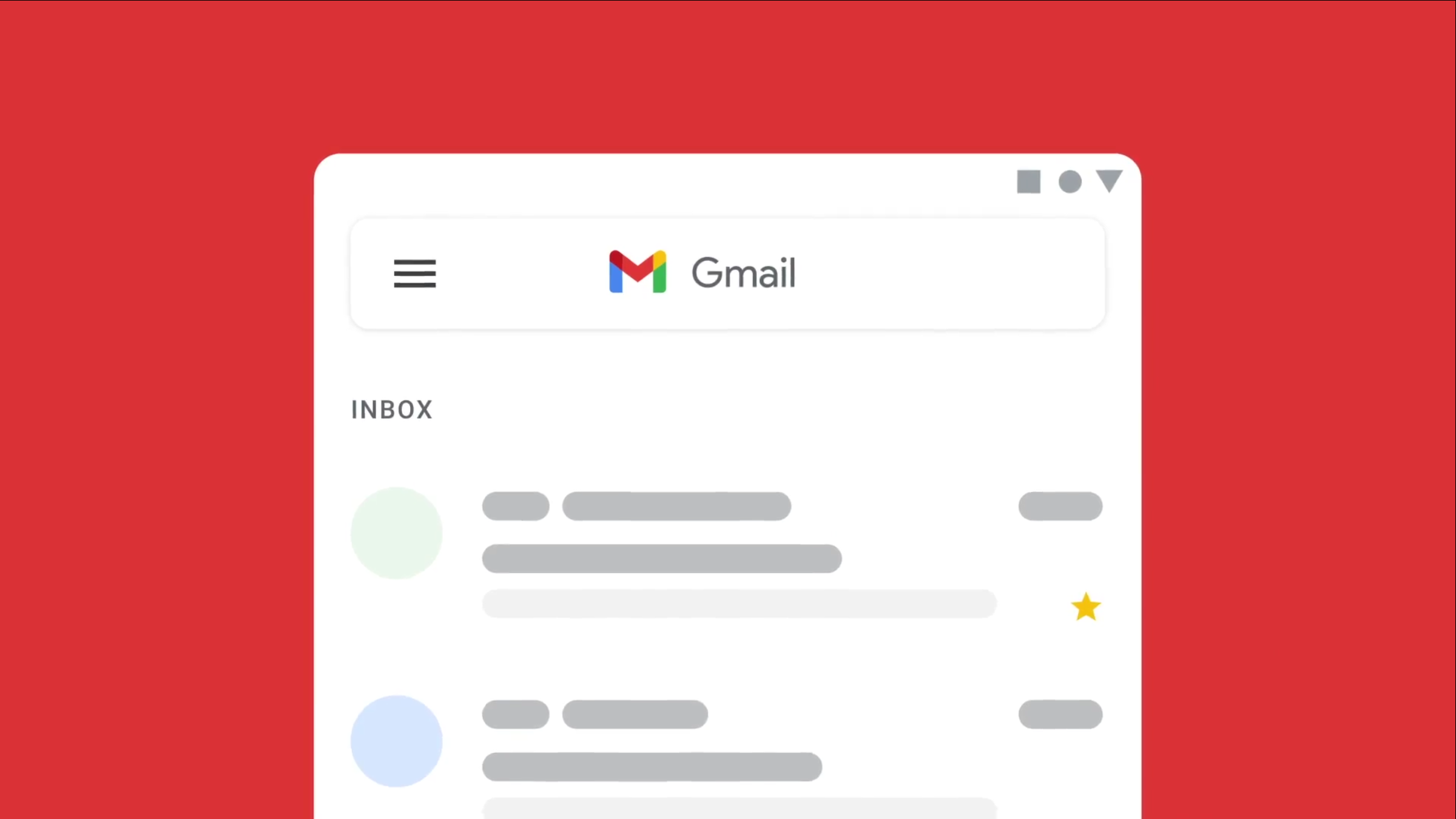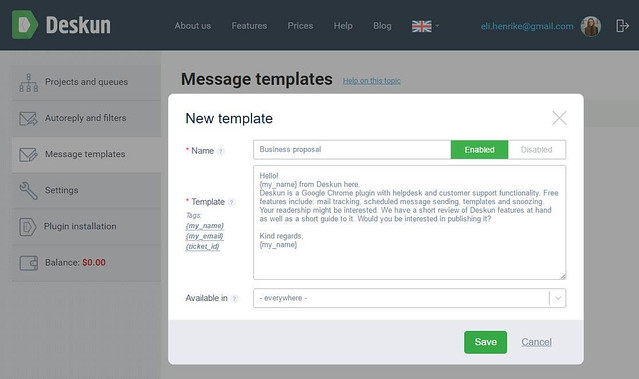
:max_bytes(150000):strip_icc()/002_retrieve-archive-gmail-4165955-3a7abd01643442d091c77560f873daef.jpg)
To delegate mail access, log into Gmail as the departed user and follow the delegation instructions in the Mail Settings menu. The delegate-who, again, will likely be the Executor-won’t be able to change account permissions, passwords or chat on the original user’s behalf, but the delegate can send and receive mail from the account until it is suspended or deleted. Fortunately, you can designate access to a G Suite mail account to anyone else on your domain.

The account Executor will need access to any pending correspondence in the departing user’s mailbox, especially if the departure was sudden or occurred on less than friendly terms. Delegate Access to the Departing User’s E-mail Be sure to enable the auto-responder for recipients both inside and outside your domain. (Likely this will be the aforementioned Executor). Log into the departing user’s account with the new password, then set up the vacation auto-responder to inform correspondents that the user is no longer with your organization, and to identify to whom they should direct all future inquiries. Set Up the Departing User’s Vacation Auto-Responder (In many cases, the Domain Administrator and the Executor are one in the same, so you may be giving all these permissions to yourself.) 4. Identify that employee, as he or she will become the Executor of the data in the departed account, transferring or responding to it as needed. Someone at your organization is going to inherit the departing user’s responsibilities, and thus their data-at least in the short run. Tip: To do this from the Google Admin console: at the top right, click Open, and under Tools, click data export.To export your user’s data, Google recommends the following: This preserves the data in the user’s core G Suite-Gmail, Contacts, Calendar, Drive and Sites- as it was before the deprovisioning process, maintaining records-retention compliance and ensuring no vital data is lost. Download a Snapshot of the User Account for Safekeepingĭownloading the complete contents of a user account to an offline file is a best practice before altering or deleting the account. After selecting a new password, be sure to click the Reset Sign-In Cookies link to end any logged-in sessions the departing user may still be running.

#CONTROL PANEL GMAIL PASSWORD#
You can change the user’s password from the Users & Organization Tab in your Control Panel.

#CONTROL PANEL GMAIL VERIFICATION#
(If the account has 2-Step Verification installed, you’ll need to disable it, too.) Second, it allows you, the admin, to log into that account to perform any changes or data transfers not possible from the G Suite Administrator Control Panel. First, it locks the user out of the account, preventing any post-departure access ( malicious or otherwise). Change the Departing User’s PasswordĬhanging the departing user’s password accomplishes two goals. G Suite domain administrators can square that circle with these simple deprovisioning steps. Preserve all the data in the user account in the event that the data is still needed.
#CONTROL PANEL GMAIL LICENSE#


 0 kommentar(er)
0 kommentar(er)
